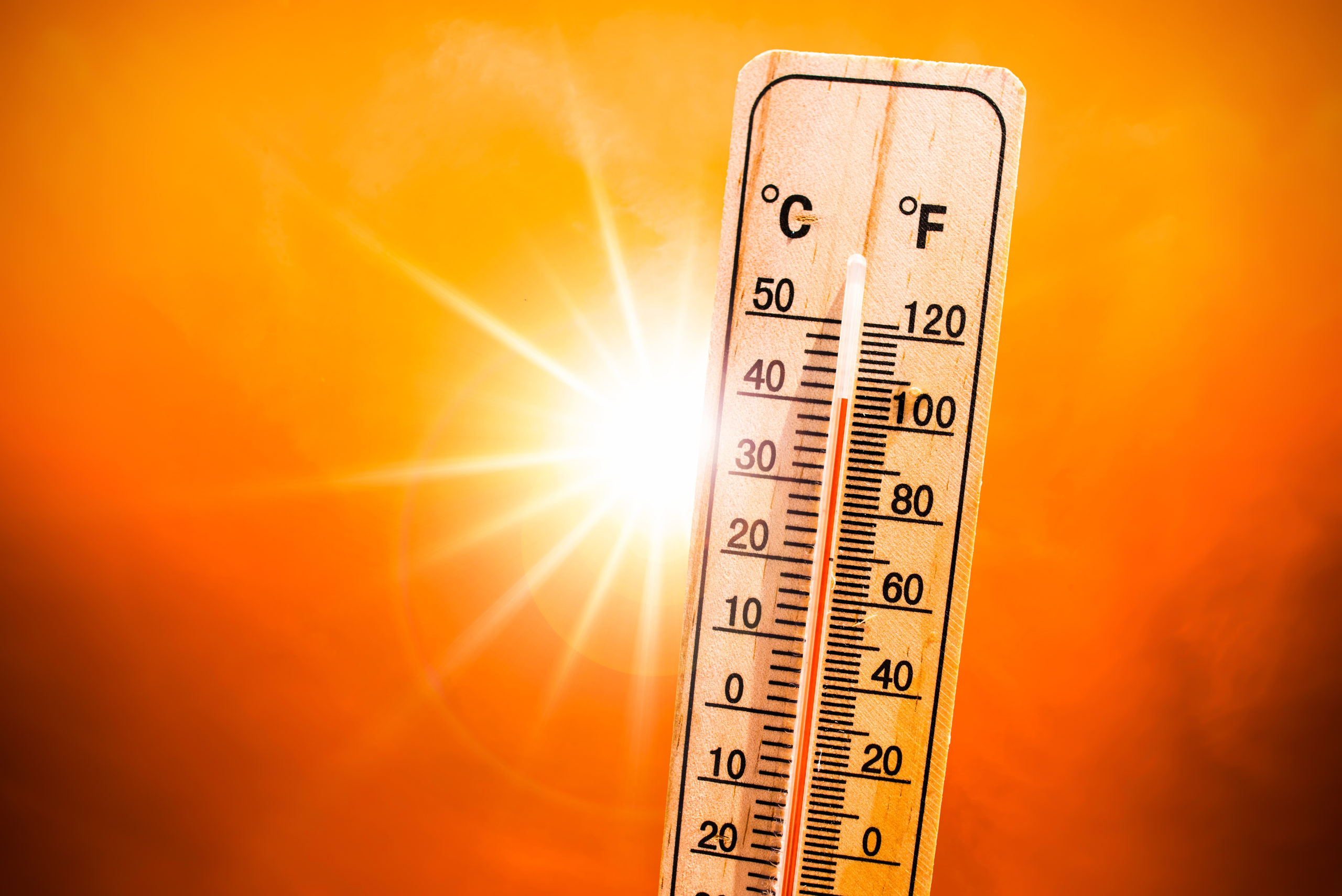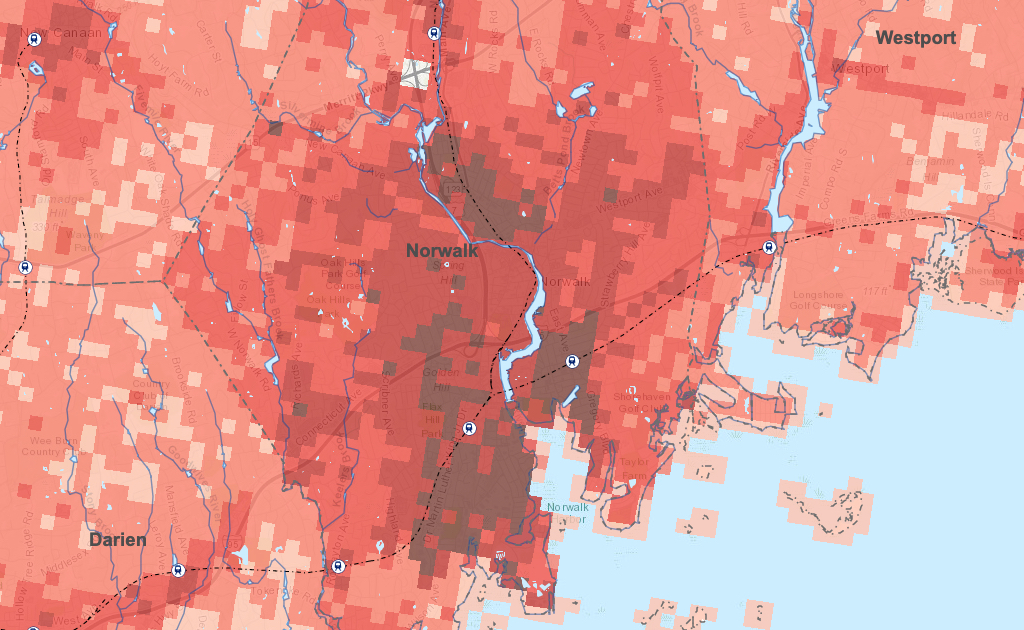July 14, 2022
 High temperatures can harm people and the environment. In the U.S., more than 67,000 people each year go to emergency rooms due to heat-related symptoms. With climate change, heat waves are expected to only become more frequent and severe.
High temperatures can harm people and the environment. In the U.S., more than 67,000 people each year go to emergency rooms due to heat-related symptoms. With climate change, heat waves are expected to only become more frequent and severe.
Learning how climate change affects our communities and how we can plan for it is critical. In Norwalk, Connecticut a study is currently being conducted to track changes in the air and surface temperatures to see how it may affect the city and its residents.
Keep reading to learn more about the heat study in Norwalk, CT.
Why is Norwalk Conducting a Heat Study?
During hot periods, people in urban areas experience higher temperatures than rural areas. More asphalt, higher concentration of buildings and fewer trees make cities retain more heat. This is called the Urban Heat Island Effect.
Being from a temperate area, most Connecticut residents aren’t accustomed to extreme heat. As a result, area residents face a heightened risk for heat-related illnesses during times of extremely high temperatures. Studies suggest that climate change will intensify the conditions that lead to heat-related illnesses, symptoms that can even prove fatal.
Norwalk has also been found a vulnerable zone by the Connecticut Institute for Resilience and Climate Adaptation (CIRCA) in a recent Vulnerability Assessment. To prepare, Norwalk is partnering with CIRCA on resiliency projects. The heat study is part of that, and will look at changes in air and surface temperatures over time.
Norwalk, CT Heat Vulnerability Assessment

The Goals of the Heat Study
The primary goal of the heat study is to find and map various areas in Norwalk to understand the vulnerabilities of different areas to heat. This will help the city identify at-risk areas in order to develop ways to help the community prepare for higher, more extreme temperatures, like where to place cooling centers. The study will also take a look at urbanization and rising temperatures, such as understanding how certain traffic flows affect heat output in order to put in place effective solutions to combat climate change.
The data revealed by the study will also enable researchers to model inconsistencies and examine the differences between heat sensors and satellite-measured temperatures.
How the Heat Study in Norwalk, CT Will Work
To gauge temperatures in the city, heat sensors have been placed at 13 locations around Norwalk, from Long Island Sound shorelines and parks to buildings in more urban areas. The study is being conducted from June through October 2022.
The sensors are wireless, and are mounted 8-10 feet above ground on trees or poles. They will measure and monitor temperatures and relative humidity. They will also record dew point temperatures at the street level.
Learn More, Get Involved
The heat study in Norwalk will help find areas of the city that are vulnerable to extreme heat events to inform decisions related to public health and community planning in the years to come, including the development of a community-wide resilience plan. You can find more information at the CIRCA Norwalk Heat Study page. In the near term, the heat study will help to guide the Resilient South Norwalk Project launching in the summer of 2022 with CIRCA.




